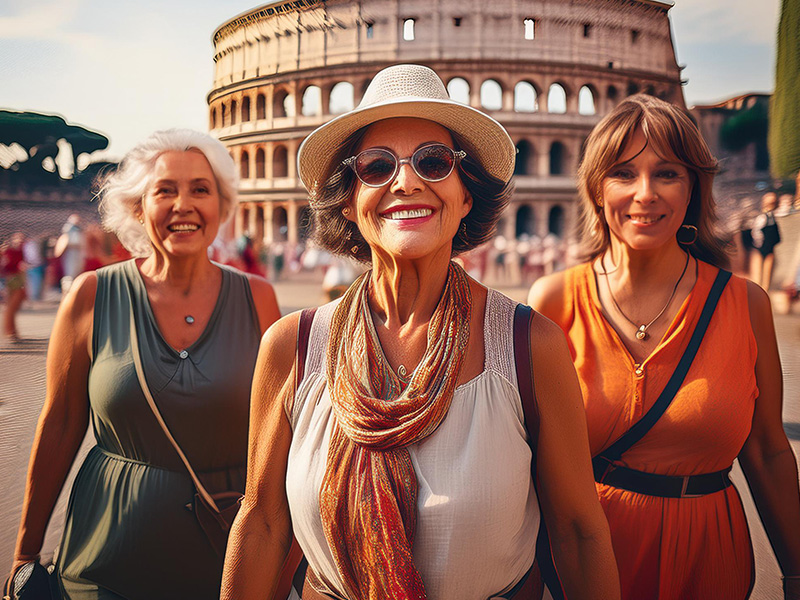Safety When Traveling Abroad
The locations I’ve provided in a recent travel guide are generally considered safe for travelers, especially when basic travel safety precautions are observed.
However, safety can vary based on several factors, including political stability, local laws, and cultural norms, especially for women traveling alone.
Here’s a quick overview of considerations for some of the destinations mentioned:
- Antarctica (Ross Sea): Travel is typically through organized tours, which are very safe given these expeditions guided and regulated nature.
- Sydney, Australia: A trendy and generally safe tourist destination with standard urban safety measures applicable.
- Dublin, Ireland: This city is known for its friendly locals and relatively safe environment, though it is always wise to watch out for petty theft in tourist areas.
- Iceland and the Nordic countries are some of the safest travel destinations worldwide, with very low crime rates.
- South Africa (Cape Town): While areas in South Africa have high crime rates, tourist areas in Cape Town are generally safe during the day, with precautions advised at night.
- Chile (Atacama Desert) and Argentina (Patagonia) are safe for travelers, especially in guided tour groups, which are recommended for remote areas like these.
- USA (Hawaii, Alaska, Washington, D.C.), Canada (Banff, Quebec City, Vancouver), and Mexico (Yucatan Peninsula): These are popular tourist destinations where travelers are generally safe, though each has areas where extra care should be taken, especially at night.
- European cities (Vienna, Amsterdam, Munich, Paris) are generally safe for tourists. However, usual precautions should be taken to guard against pickpocketing and scams, especially in crowded or tourist-heavy areas.
- Asian destinations (Japan, Indonesia, Thailand): Generally safe with respectful and welcoming cultures. Japan, in particular, is known for its safety and cleanliness.
- Middle East and North Africa (Egypt, Morocco): These areas require more careful planning regarding local customs and dress codes. Staying informed about current political climates is also crucial.
- Brazil (Pantanal): While natural areas are typically safe, travelers should be vigilant in larger cities and consider guided tours for remote areas.
- Mongolia (Naadam Festival) is a unique cultural event that is generally safe for visitors, though basic precautions should be observed as it can get crowded.
For each destination, it’s advisable to:
- Stay Informed: Check travel advisories from reputable sources like the government or international travel and health organizations.
- Respect Local Customs: Understanding and adhering to local customs and laws can help ensure a safe and enjoyable trip.
- Plan Ahead: Especially for areas that might be remote or have unique challenges, such as wildlife or rugged terrain.
- Stay Connected: Keep someone informed of your itinerary and have local emergency numbers and the address of your country’s embassy or consulate on hand.
Ensuring you are prepared and informed can help you safely navigate and enjoy each destination.

